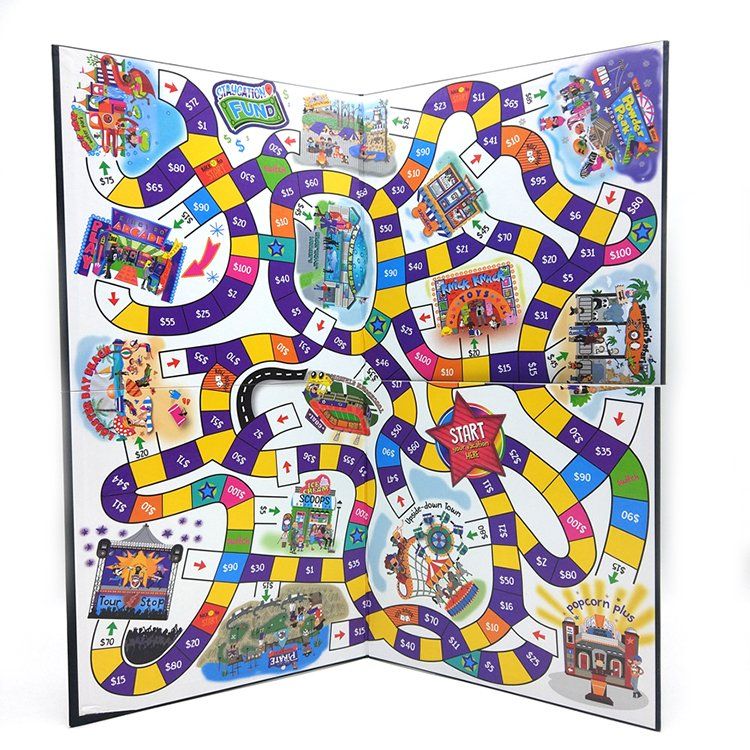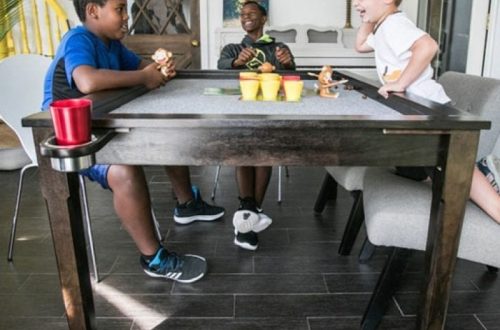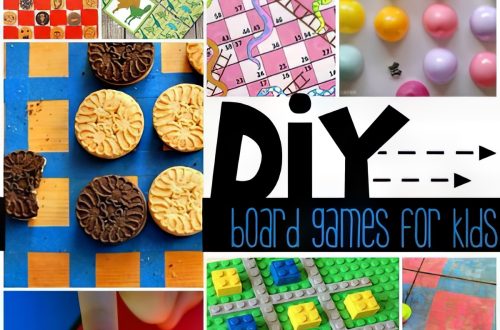Introduction
In today’s fast-paced digital world, the charm of board games remains timeless. Creating your own DIY board game offers an exciting opportunity for creativity and bonding. Whether you are a family looking for a fun weekend project or educators seeking engaging tools for your classroom, designing a DIY board game can provide endless entertainment and learning experiences.
The best part about crafting your board game is the ability to customize every aspect, from the theme to the rules. This article will serve as a complete guide for anyone interested in building their own DIY board game. That means including a step-by-step approach while providing materials, planning details, and tips for playtesting. Let’s explore the world of board games and discover how you can bring your creative visions to life!
Why Create Your Own Board Game?
Creating a DIY board game has many advantages. First, it fosters creativity. You can let your imagination run wild, choosing themes, mechanics, and visuals that resonate with you and your audience. This creativity can also translate into valuable skills, from problem-solving to teamwork, especially when involving family or friends in the design process.
Second, you can customize every aspect of the game. With a DIY board game, you can control the difficulty level, the length of play, and the types of challenges players will face. This customization ensures that the game remains enjoyable and engaging.
Moreover, creating a board game can serve as a bonding experience. It allows you to collaborate with family members or friends, enhancing relationships as you work toward a common goal. Not to mention, playing your DIY creation can provide hours of entertainment and laughter.
Finally, many people are seeking budget-friendly entertainment options. Making a board game can save money compared to purchasing commercially available games. With a little creativity and resourcefulness, you can design an exciting game without breaking the bank.
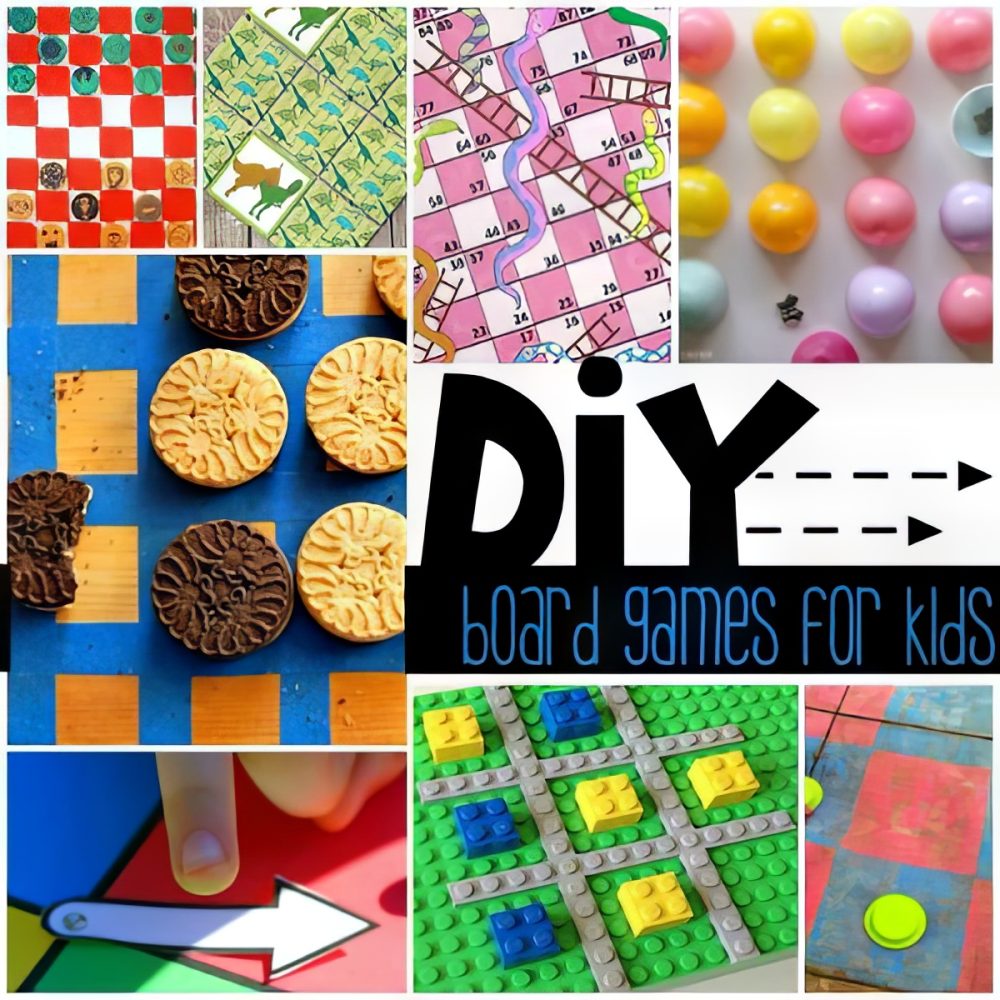
Planning Your DIY Board Game
Brainstorming Ideas
The first step in creating your DIY board game is to brainstorm ideas. Gather your family or friends and discuss what themes interest you. Do you prefer fantasy adventures, historical narratives, or simple trivia? Writing down all ideas can help you visualize potential gameplay.
Choosing Themes
Once you have a list of possible ideas, it’s time to narrow it down and choose a theme. A well-defined theme will help guide the rest of your design decisions. For example, if you select a pirate theme, you can incorporate treasure maps, challenges related to sailing, and monster encounters.
Determining Gameplay Mechanics
Next, think about the mechanics of your game. Will it be turn-based like Monopoly, or more collaborative, like Pandemic? Define the rules and structure, such as how players win and the necessary actions they must take. Always remember to keep your audience in mind. Ensure the gameplay is accessible and enjoyable for everyone involved.
Designing the Story
If your game has a narrative element, consider scripting a simple backstory or quest for players to follow. Engaging stories enhance the overall gaming experience and provide motivation for players to stay invested.
By carefully planning your DIY board game, you set a strong foundation for the rest of the creation process. Clear concepts help guide the design of your components, game rules, and playtesting later on.
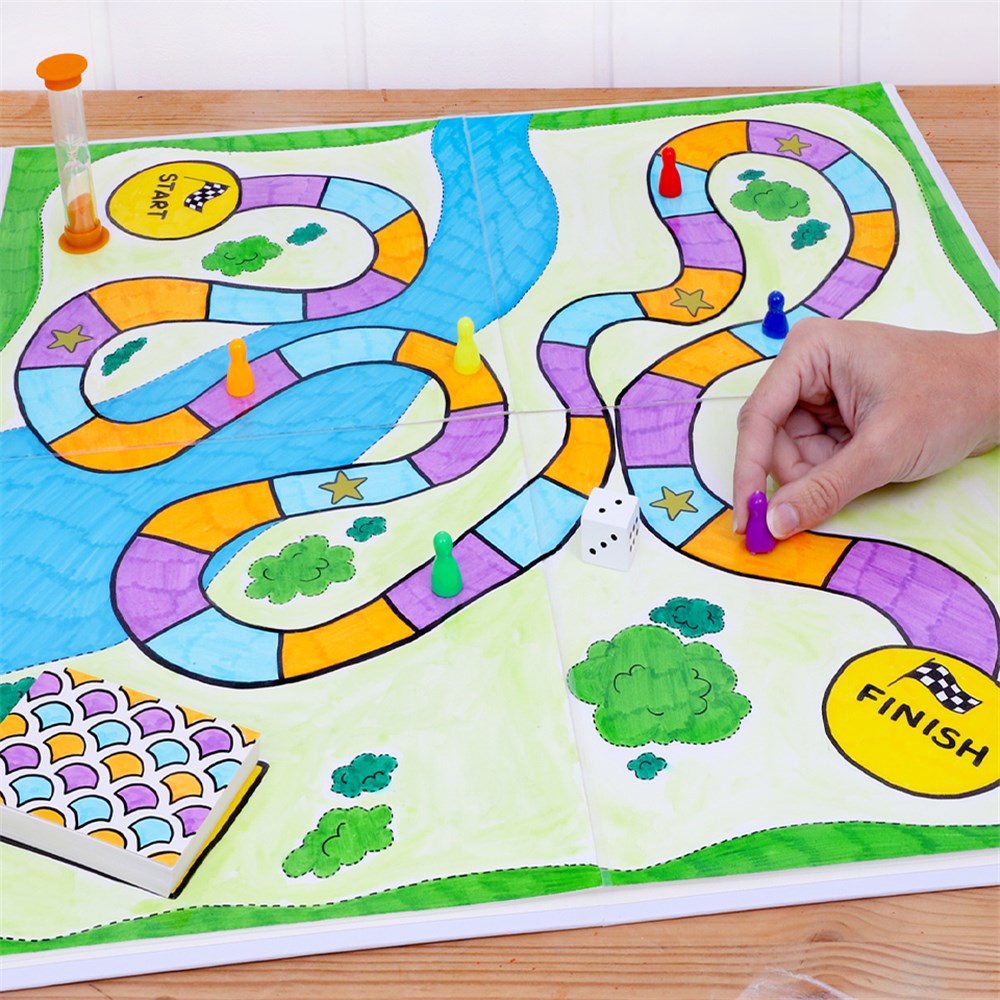
Materials Needed for DIY Board Games
Creating a DIY board game requires various materials. Here is a list of common supplies you might use:
1. Cardboard: Useful for crafting the game board, cards, and pieces.
2. Markers and Paints: Great for adding color and designs to your components.
3. Paper: Use for creating game cards, rules, and character sheets.
4. Scissors and Glue: Essential tools for cutting and assembling materials.
5. Game Pieces: You have several options for game pieces, such as beads, coins, or mini figurines.
6. Dice: If your game includes chance-based mechanics, you might want to incorporate dice.
7. Protective Coating: Consider using a clear sealant to protect your board and cards once completed, especially if they will be handled frequently.
8. Templates: Printable templates can serve as a helpful resource for designing your game components.
These materials can often be found at local craft stores or online. The beauty of making a DIY board game is that it allows for creativity in utilizing what you already have at home.
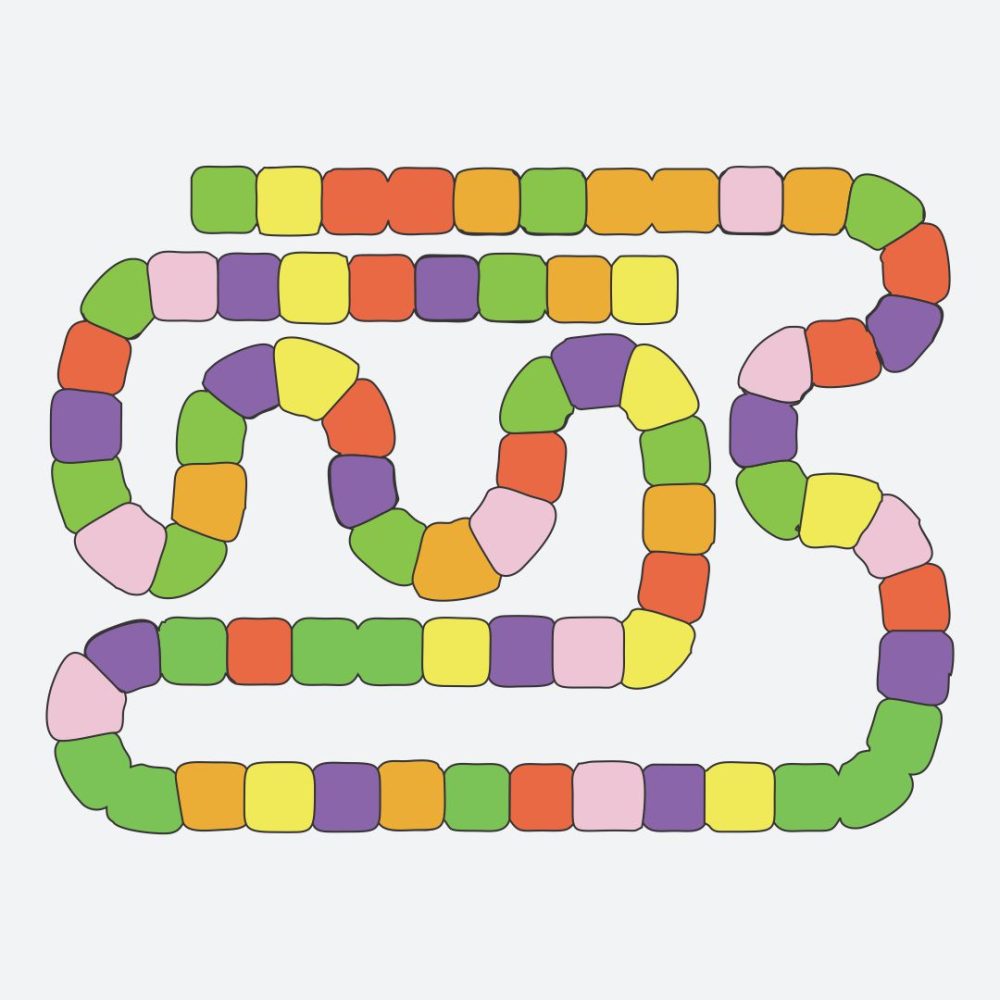
Step-by-Step Guide to Creating a Board Game
Now, let’s break down the process of creating a DIY board game into clear steps:
Step 1: Create the Game Board
Start by designing your game board. Use cardboard to construct a flat surface of your desired size. You can draw or paint the board with your chosen theme. Include spaces, circles, or paths that players will move along. If your game follows certain rules for movement, designate specific areas for actions or events.
Step 2: Design Game Pieces and Cards
Next, create the game pieces. You can use simple materials like beads or cutout shapes that represent players. For cards, use thicker paper to ensure durability and easy handling. Design the cards according to the game rules, including challenges, rewards, and penalties. Unique designs or illustrations can elevate the aesthetic appeal of your game.
Step 3: Write Down the Rules
Develop a clear set of rules for your DIY board game. Consider making a simple rulebook that explains how to play, win, and any important details. A well-defined rulebook increases the chances of players enjoying the game without confusion.
Step 4: Assemble Everything
Once you have the board, pieces, and cards designed, it is time to assemble everything. Ensure that the pieces are easily movable and that the board is visually appealing. Consider using a protective coating on your board to enhance durability.
Step 5: Test the Game
Before finalizing your creation, gather a group to test the game. This step is crucial for identifying any necessary adjustments. Playtesting allows you to assess the game’s balance and flow and see how well the rules function in practice.
Step 6: Iterate and Improve
Once you’ve gathered feedback from playtesting, make any necessary adjustments to your game. Tweak the rules, the gameplay mechanics, or the design elements to improve the overall experience. Remember, a successful game often undergoes several iterations before it reaches its final form.
By following these steps, you can confidently create an engaging DIY board game that players will enjoy!
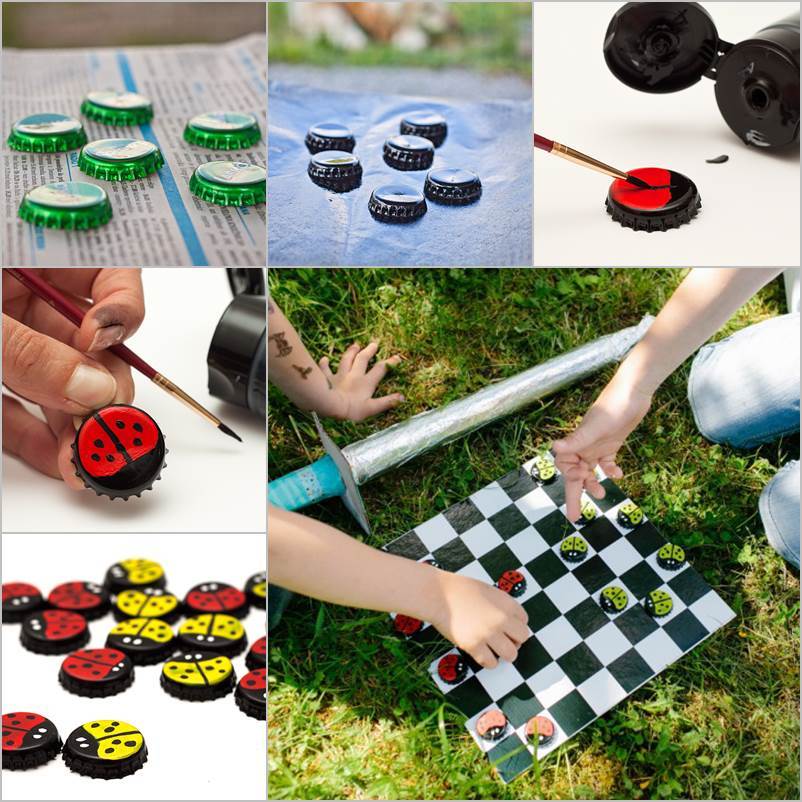
Tips for Playtesting Your Game
Playtesting is a critical part of the DIY board game creation process. Here are some tips to ensure your playtesting sessions are productive:
1. Gather a Diverse Group: Invite various people from different backgrounds to play your game. This can include family, friends, and even neighbors. Their diverse perspectives can yield valuable feedback.
2. Ask for Honest Feedback: Encourage players to be open about their experiences. What did they love? What confused or frustrated them? Honest insights will help you refine your game.
3. Observe: During playtesting, observe how players interact with the game. Look for any areas where players might struggle or lose interest. Their behavior can provide cues about the game’s effectiveness.
4. Take Notes: Document the feedback and observations you gather during testing. Notes can help you identify patterns that need addressing.
5. Have Fun!: Remember that playtesting should be enjoyable for everyone involved. Ensure that the atmosphere remains light and fun, as this encourages open dialogue.
By implementing these tips, you can effectively use playtesting to improve your DIY board game before final release.
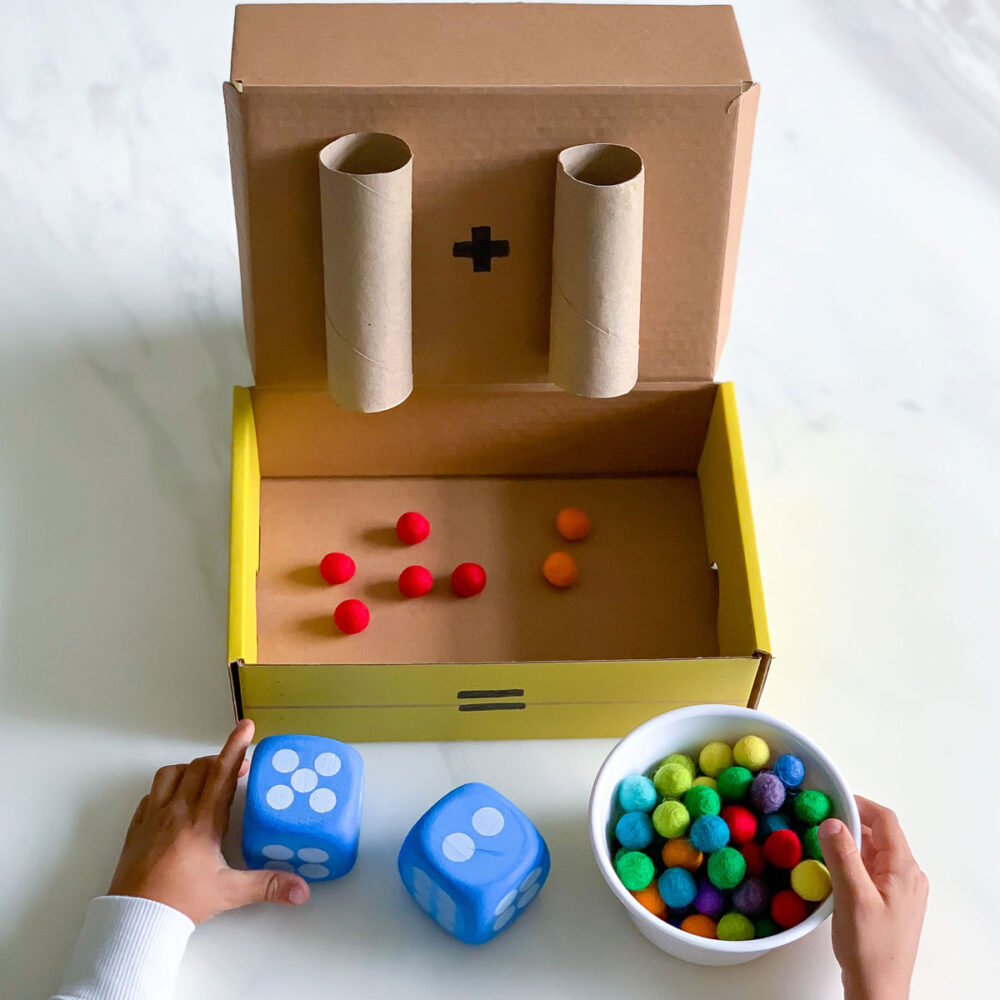
Ideas for Different Game Themes and Types
If you need inspiration for your DIY board game, consider these themes and types:
1. Adventure Quest: Create a quest-based game where players embark on a journey through various landscapes.
2. Trivia and Knowledge: Design a trivia-based game that tests players’ knowledge on various topics.
3. Mystery and Clue: Create a detective-style game where players gather clues to solve a mystery.
4. Race Against Time: Develop a fast-paced game where players need to complete tasks before time runs out.
5. Fantasy Realms: Craft a fantasy-themed game filled with magical creatures, quests, and epic battles.
6. Educational: Design a fun and interactive educational game that teaches concepts such as math, history, or science.
7. Strategy-Based Games: Create games that require players to develop strategies and outsmart their opponents.
These themes can serve as starting points for brainstorming unique ideas that engage your audience while providing entertaining gameplay.
Conclusion
Creating your own DIY board game is a rewarding and enjoyable process. It encourages creativity, collaboration, and critical thinking. By following the guidelines in this article, you can bring your imaginative ideas to life, customize every aspect of the game, and create lasting memories with friends and family.
As you embark on your journey to design a captivating board game, don’t forget to playtest and refine based on feedback. This will enhance the overall gaming experience and ensure that your creation resonates with other players.
Now, it’s time to grab your materials and let your imagination run wild. Whether you aim to create a simple family game or a complex strategy challenge, the possibilities are endless. Happy crafting!
